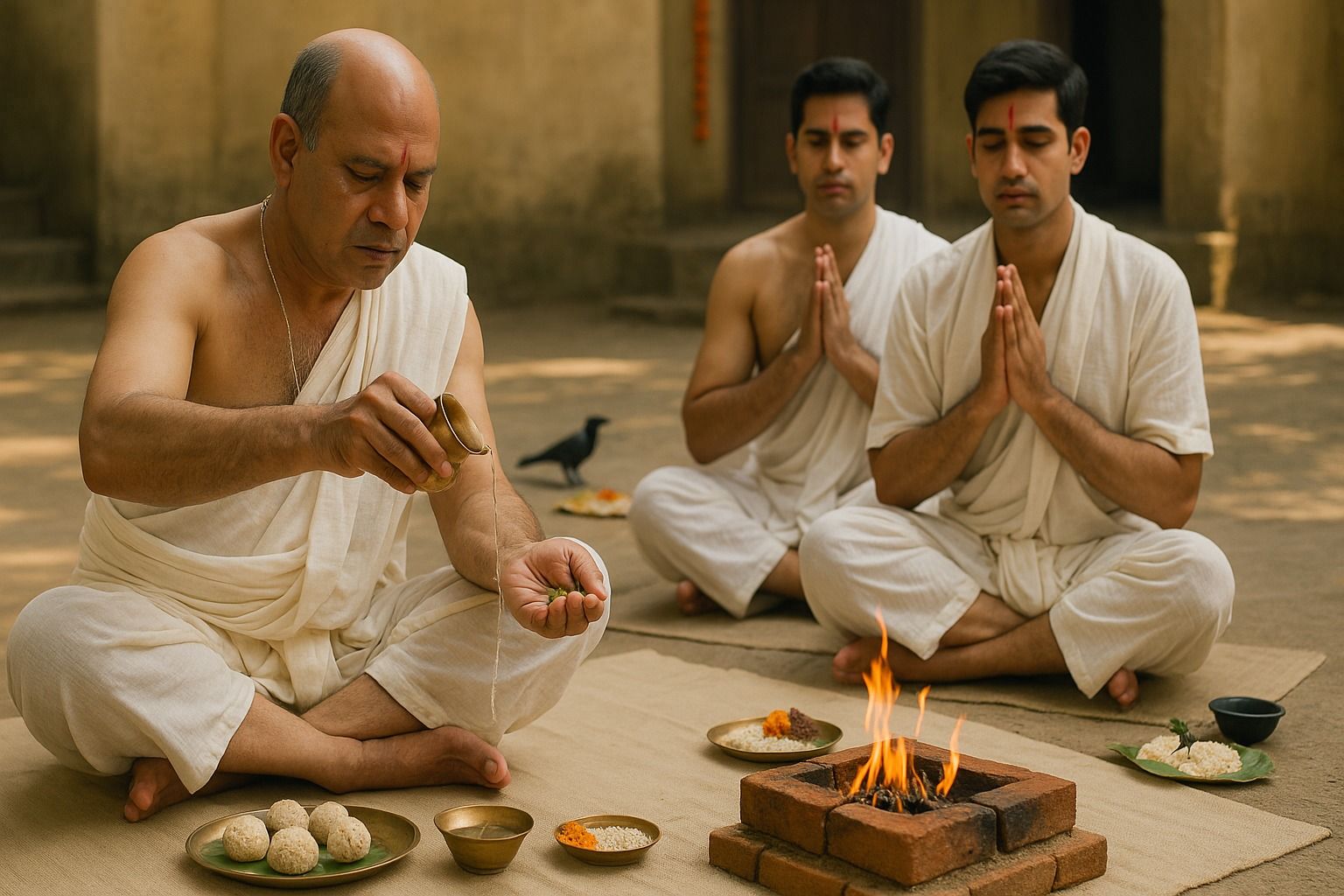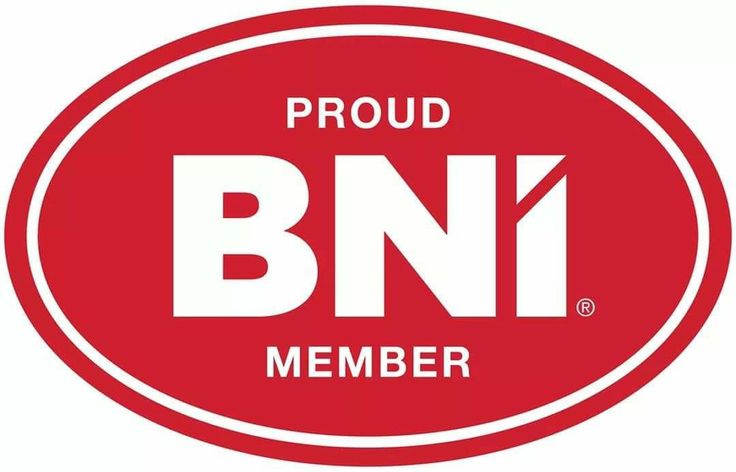
Pitru Paksha Shradh Rituals: Honoring Our Ancestors with Reverence
Pitru Paksha, also known as Shradh Paksha, is a 16-day period in the Hindu calendar dedicated to paying homage to our ancestors, or "Pitrus." It is a sacred time when Hindus perform Shradh rituals, offer food, water, and prayers to departed souls to express gratitude and seek their blessings for peace, prosperity, and protection.
This observance holds immense spiritual significance, and every Hindu family, especially the eldest male or karta of the house, is expected to perform it with devotion and sincerity.
What is Pitru Paksha?
Pitru Paksha is observed during the Krishna Paksha (waning phase of the moon) in the month of Bhadrapada (August–September) as per the Hindu lunar calendar. The last day, known as Sarva Pitru Amavasya, is considered most important and is reserved for offering Shradh to those ancestors whose tithi (death date) is forgotten.
It is believed that during this time, the souls of ancestors visit the earth to bless their descendants. By performing Shradh, one fulfills Pitru Rina (ancestral debt) and ensures peace for the departed souls.
What is Shradh?
Shradh is a ritual performed for deceased ancestors, especially parents, grandparents, and close relatives. The word "Shradh" comes from “Shraddha,” meaning faith. Thus, Shradh is a symbolic act of love, respect, and responsibility towards one's lineage.
The rituals involve offerings of food (pind daan), water (tarpan), prayers, and donations to Brahmins and the needy.
Who Should Perform Shradh?
- The eldest son or male descendant typically performs Shradh.
- In the absence of male heirs, wives or daughters can also perform the rituals.
- A person may perform Shradh for their father, mother, grandparents, uncles, or any deceased family member.
Pitru Paksha Shradh Rituals – Step-by-Step Process
Here's a traditional sequence of Shradh Vidhi followed during Pitru Paksha:
1. Purification and Preparation
- The performer wakes up early, bathes, and wears clean traditional attire (usually white dhoti).
- The place for the ritual (usually courtyard or holy spot) is cleaned and sanctified with Ganga Jal, cow dung, and Kusha grass.
2. Sankalp (Taking a vow)
- The performer takes a Sankalp (vow) to perform the Shradh with pure heart and intentions, mentioning the tithi (death date) and name of the deceased soul.
3. Pind Daan (Offering rice balls)
- Pinds (rice balls mixed with black sesame, barley flour, honey, and ghee) are prepared and offered to the ancestors.
- Usually, 3 pindas are offered – to father, grandfather, and great-grandfather or corresponding female ancestors.
4. Tarpan (Offering water)
- Water mixed with black sesame seeds, Kusha grass, and barley is offered while chanting the names of ancestors and Gotra.
- It symbolizes quenching the spiritual hunger and thirst of the departed souls.
5. Feeding Brahmins and Cows
- After the rituals, Brahmins are invited, offered food, clothes, and dakshina (donation).
- Cows, crows, and dogs are also fed, as it is believed that ancestors accept food through them.
6. Donation (Daan)
- Items such as clothes, grains, money, umbrellas, and shoes are donated to the poor or Brahmins.
- Donating during Pitru Paksha is considered highly meritorious.
7. Home Food Offering
- A portion of the family’s meal is kept aside for the ancestors (usually on a banana leaf or earthen plate), especially for crows to eat.
- If the crow eats the food, it is taken as a sign that the Pitru is satisfied.
Important Do’s and Don’ts During Pitru Paksha
✅ Do’s:
- Perform rituals with full faith, humility, and cleanliness.
- Recite Shradh mantras and Pitru Stotra.
- Offer food including kheer, puri, seasonal vegetables, and sweets.
- Maintain a sattvic diet (vegetarian, no onion-garlic) during this period.
❌ Don’ts:
- Avoid buying new clothes, house-warming, weddings, or any auspicious events during Pitru Paksha.
- Do not consume alcohol, meat, or tamasic food.
- Avoid cutting hair, nails, or shaving.
Benefits of Performing Shradh
- Brings peace and liberation (moksha) to the departed souls.
- Removes Pitru Dosh, which may cause obstacles in career, marriage, health, or progeny.
- Ensures family harmony and continuity of blessings.
- Helps maintain the balance of karma and dharma in the family.
What If You Don’t Know the Death Date?
If you're unaware of the exact tithi of your ancestors' demise, then Sarva Pitru Amavasya (the last day of Pitru Paksha) is the ideal day to perform Shradh on their behalf. It ensures that no ancestor is left without homage.
Conclusion
Pitru Paksha Shradh rituals are a beautiful tradition that reflects the deep-rooted values of family, gratitude, and spiritual responsibility. By remembering and honoring our ancestors, we strengthen our roots and carry forward the legacy of dharma and devotion.
Even in today’s modern life, performing Shradh is a powerful spiritual act that keeps us connected to our lineage and brings balance to our karmic journey.
Let us observe Pitru Paksha with devotion and make our ancestors proud with our shraddha (faith) and samskara (values).





